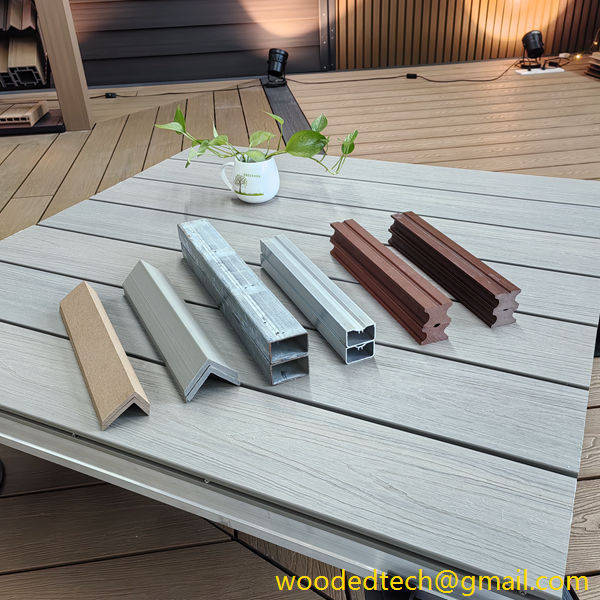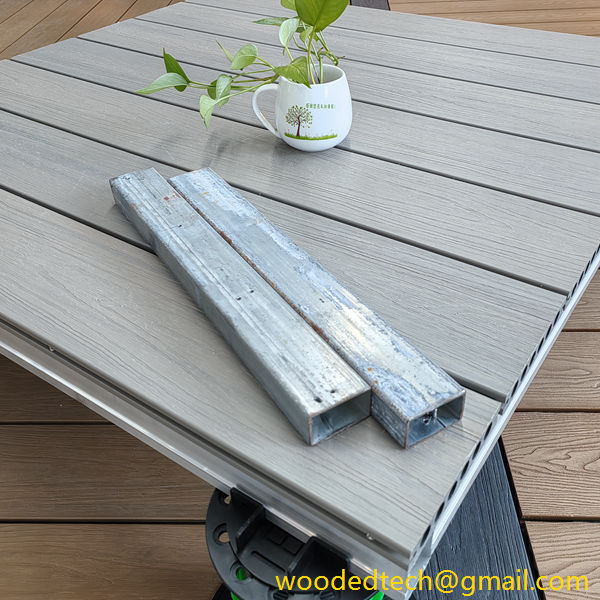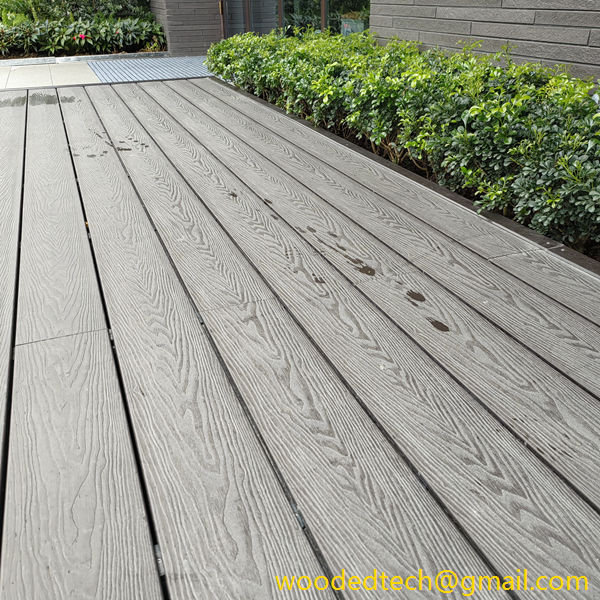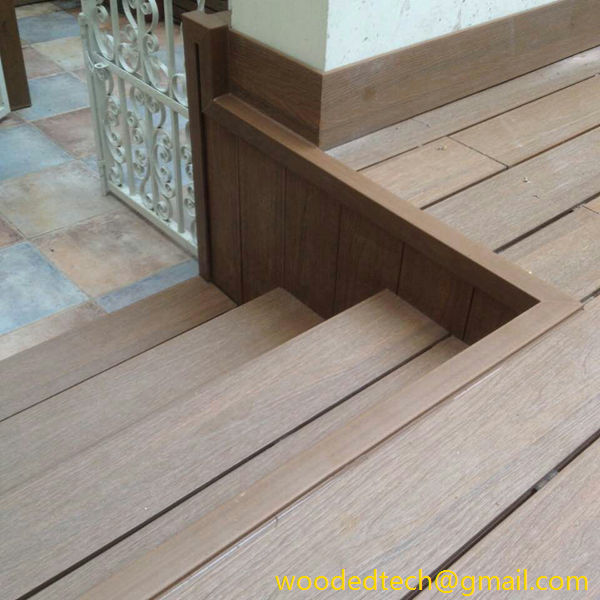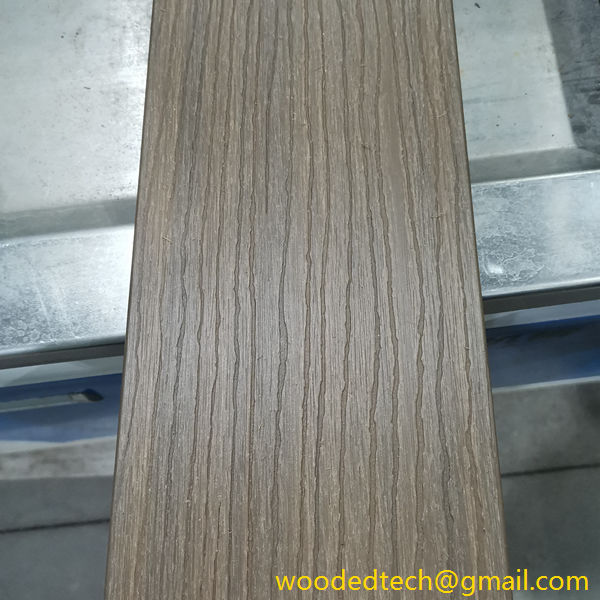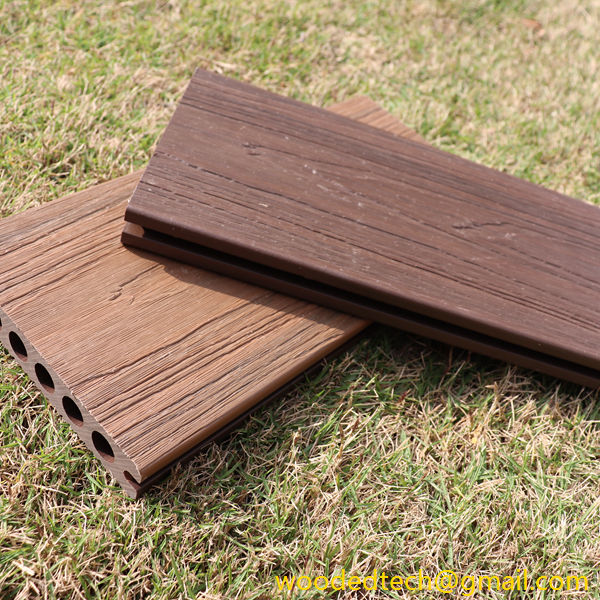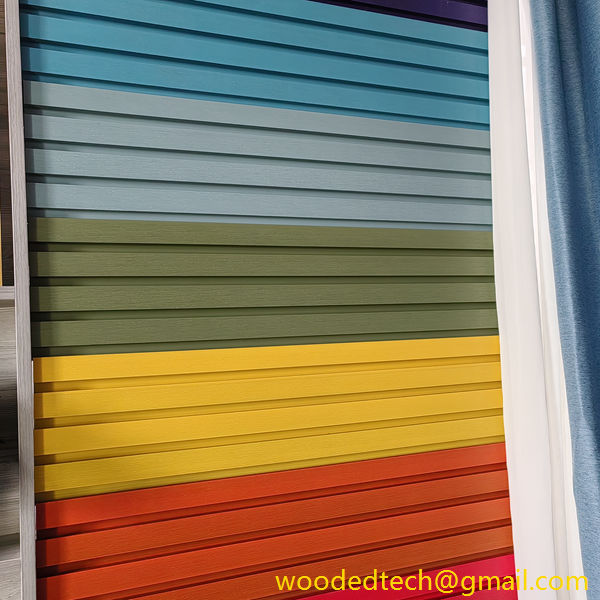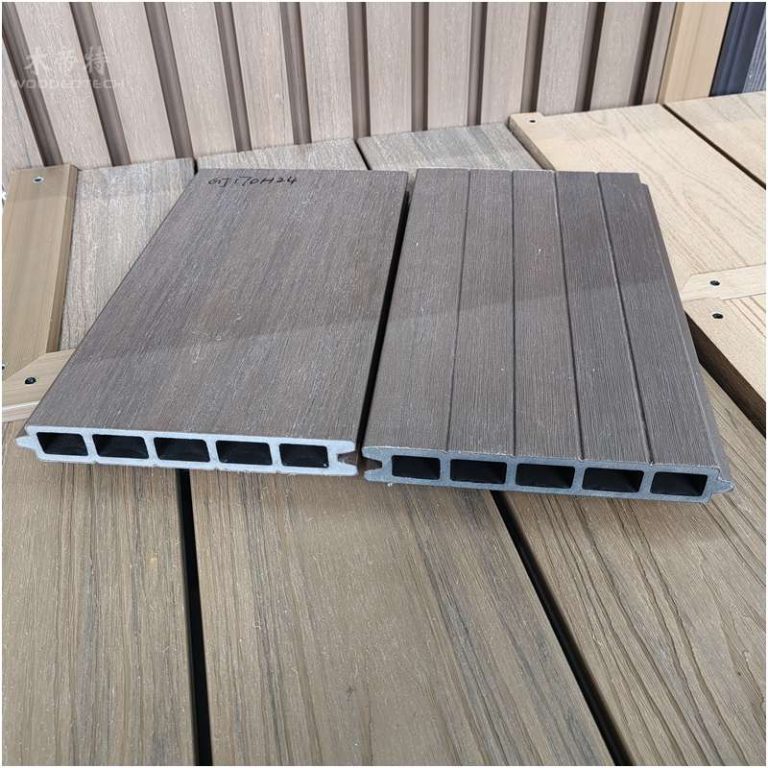Choosing the Right Joist for Composite Deck Construction
Choosing the Right Joist for Composite Deck Construction When embarking on a composite deck construction project, one of the most crucial decisions involves selecting the appropriate joist material. Joists serve as the backbone of your deck, providing essential structural support while also influencing the overall aesthetics and durability of the finished product. With a wide…
Choosing the Right Joist for Composite Deck Construction
When embarking on a composite deck construction project, one of the most crucial decisions involves selecting the appropriate joist material. Joists serve as the backbone of your deck, providing essential structural support while also influencing the overall aesthetics and durability of the finished product. With a wide range of customizable materials available, it is important to consider various factors to ensure that your choice aligns with your design goals, budget, and maintenance preferences.
Understanding Joist Materials
Joists can be made from several materials, each offering distinct advantages and disadvantages. The most common options include wood, engineered wood, and metal. Wooden joists, particularly those made from pressure-treated lumber, are often favored for their natural appearance and ease of installation. They can be readily sourced and are generally less expensive than other materials. However, wooden joists may require regular maintenance to prevent issues such as rot, warping, and insect damage.
Engineered wood joists, such as laminated veneer lumber (LVL) or I-joists, are designed to provide superior strength and stability. These materials are manufactured from wood fibers that are bonded together, resulting in a more uniform product that is less prone to warping and splitting. They are ideal for longer spans, making them suitable for larger deck designs. However, engineered wood can be more expensive than traditional lumber, so budget considerations may come into play.
Metal joists, often made from aluminum or steel, are gaining popularity due to their durability and resistance to the elements. They can withstand heavy loads and do not require the same level of maintenance as wood. Metal joists can also be powder-coated or painted to match your design aesthetic. However, they can be more expensive upfront and may require specialized installation techniques.
Factors to Consider When Choosing Joists
1. Load-Bearing Capacity
One of the primary considerations when selecting joists is their load-bearing capacity. The joists must be able to support not only the weight of the decking material but also any furniture, appliances, or people that may occupy the space. For larger decks or those with heavy features like hot tubs, opting for engineered wood or metal joists may provide the necessary support and peace of mind.
2. Span Length
The span length between joists is another critical factor. Different materials have varying capabilities regarding how far they can span without compromising structural integrity. Engineered wood and metal joists typically allow for longer spans compared to traditional lumber, which can help minimize the number of support posts needed. This can create a cleaner, more open deck design.
3. Environmental Considerations
The location of your deck plays a significant role in the choice of joist material. If your deck will be exposed to moisture, such as in coastal areas or regions with heavy rainfall, opting for materials that resist rot and corrosion is essential. Pressure-treated wood can withstand some moisture, but metal joists may provide the best long-term solution in such environments. Additionally, consider the environmental impact of your materials; sustainably sourced wood or recycled metal options may align better with eco-friendly goals.
4. Aesthetic Preferences
The appearance of your joists can affect the overall look of your deck. If you are planning to leave your joists exposed, the choice of material becomes even more important. Wooden joists can provide a warm, natural look, while metal joists can add a modern touch. If aesthetics are a priority, consider how the joist material will complement your decking surface and other design elements.
5. Maintenance Requirements
Different materials come with varying maintenance needs. Wood joists often require regular sealing, staining, or painting to protect against moisture and UV damage. Engineered wood and metal joists typically require less maintenance, making them a practical choice for homeowners seeking a low-maintenance solution. Understanding how much time and effort you are willing to invest in upkeep can help guide your decision.
6. Budget Constraints
Finally, consider your budget when selecting joist materials. While wood may be the most cost-effective option initially, the long-term maintenance costs can add up. Engineered wood and metal may have higher upfront costs, but their durability and low maintenance requirements can result in savings over time. It is essential to evaluate both the initial investment and the long-term costs associated with each material to make an informed decision.
Conclusion
Choosing the right joist for your composite deck construction is a critical step that can significantly impact the functionality and aesthetics of your outdoor space. With a wide range of customizable materials available, it is essential to weigh the benefits and drawbacks of each option against your specific needs and preferences. By considering factors such as load-bearing capacity, span length, environmental conditions, aesthetic preferences, maintenance requirements, and budget constraints, you can make a well-informed decision that will lead to a durable, beautiful, and functional deck. Ultimately, investing time in this selection process will pay off in the long run, ensuring that your deck remains a cherished space for years to come.

